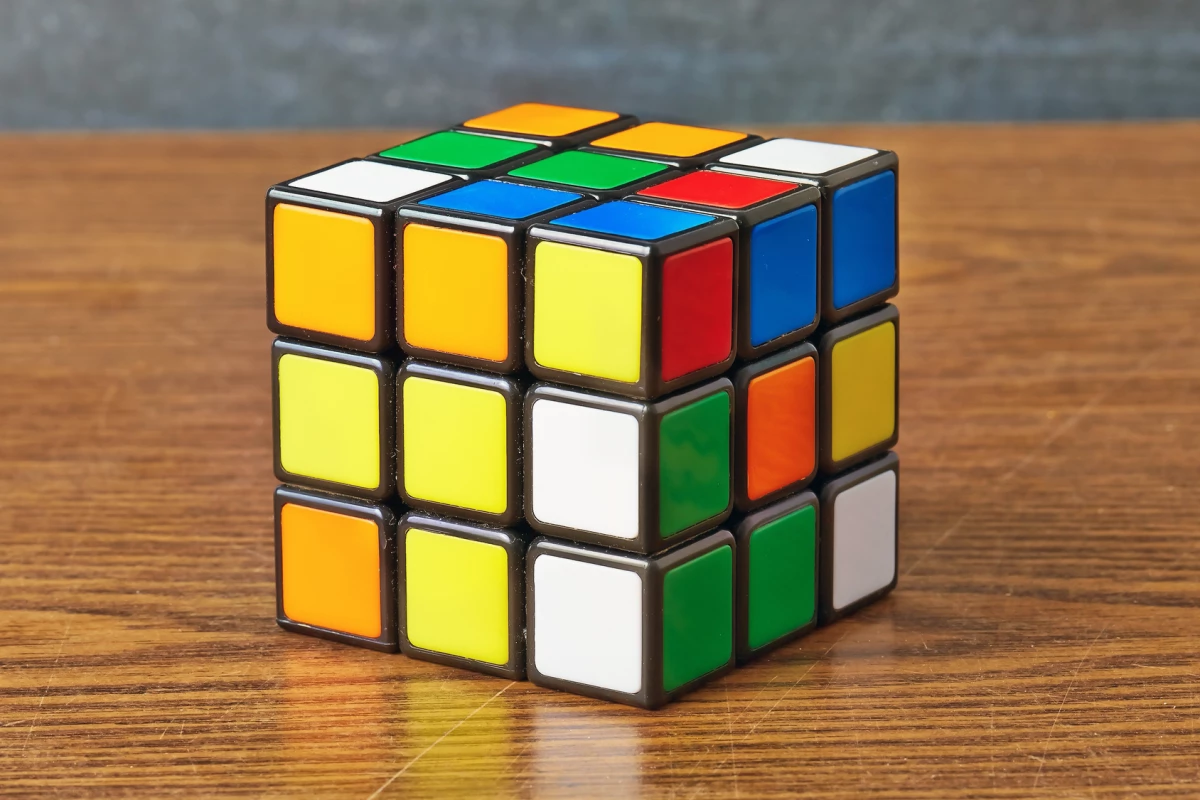For those who aren’t old enough to know what a Rubik’s Cube is, it’s a 3D puzzle that became a craze in the early ’80s. The puzzle is solved when each of the cube’s six faces is a solid color. In the early 2000s, Rubik’s Cubes enjoyed a resurgence in popularity and ‘speedcubing’ tournaments resumed. The human record for solving a Rubik’s Cube is 3.13 seconds, set by US champion cuber Max Park in 2023.
Mitsubishi Electric’s robot took 0.305 seconds to complete the puzzle, shaving 0.075 seconds off the existing record set by an MIT robot in 2018. As the video below shows, it’s literally a blink-and-you-miss-it situation, given that the average eye blink takes between 100 and 400 milliseconds.
In recognition of the Japanese company’s efforts, Guinness World Records awarded it the record for ‘fastest robot to solve a rotating puzzle cube.’
The TOKUI Fast Accurate Synchronized motion Testing Robot (TOKUFASTbot) broke the record thanks to its rotation mechanism – it can perform a 90-degree rotation in 0.9 milliseconds – which relies on Mitsubishi Electric’s signal-responsive servomotors and a proprietary color-recognition AI algorithm.
Unlike the humanoid robots we've covered recently, the TOKUFASTbot isn’t designed for beauty. As Yuji Yoshimura, senior general manager of Mitsubishi Electric's Component Production Engineering Center, explained, its ‘day job’ is enhancing motor manufacturing for appliances like air conditioners and ventilating fans.
“Since establishing our Component Production Engineering Center in 2016, we have been developing and manufacturing high-tech motors, power semiconductors and related products,” Yoshimura said. “To demonstrate our technical capabilities in achieving high-speed, high-precision windings, which are key to increasing the productivity and efficiency of motors used in many of our products, our young engineers voluntarily worked to set the world record, resulting in a Guinness World Records title, which has motivated our engineers to further develop their technical skills. We will continue to take on exciting challenges using the technology we have cultivated in motor development to support global manufacturing.”





